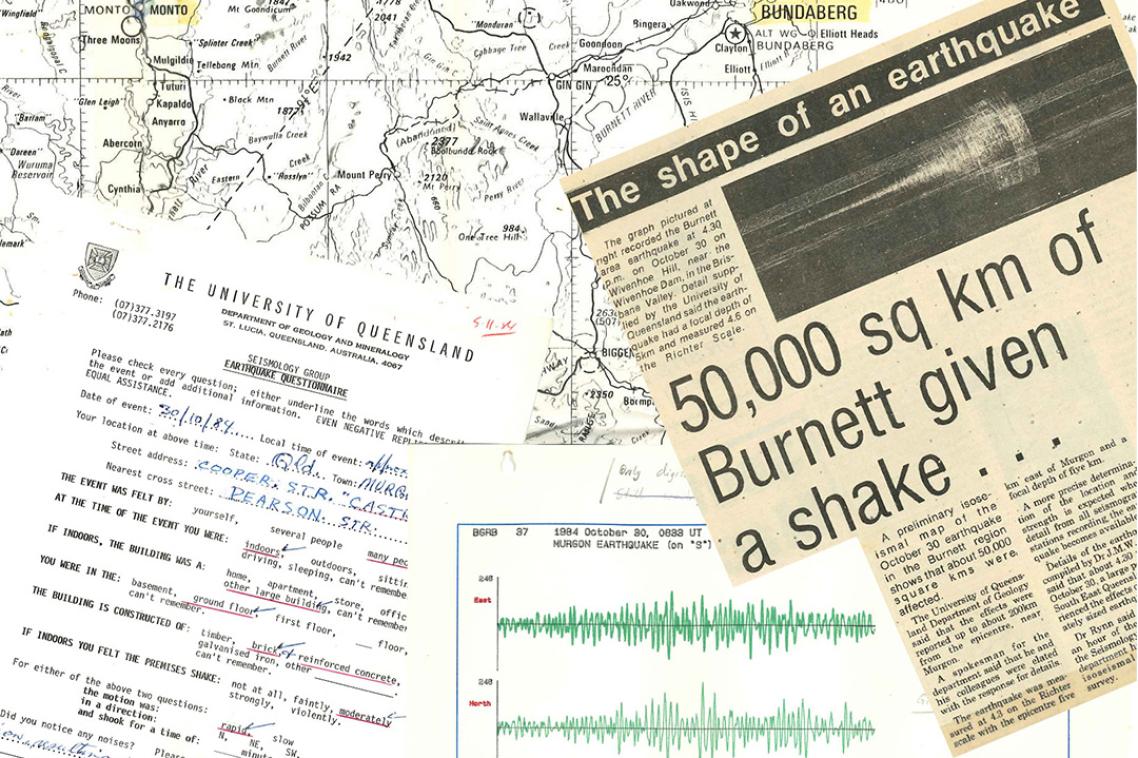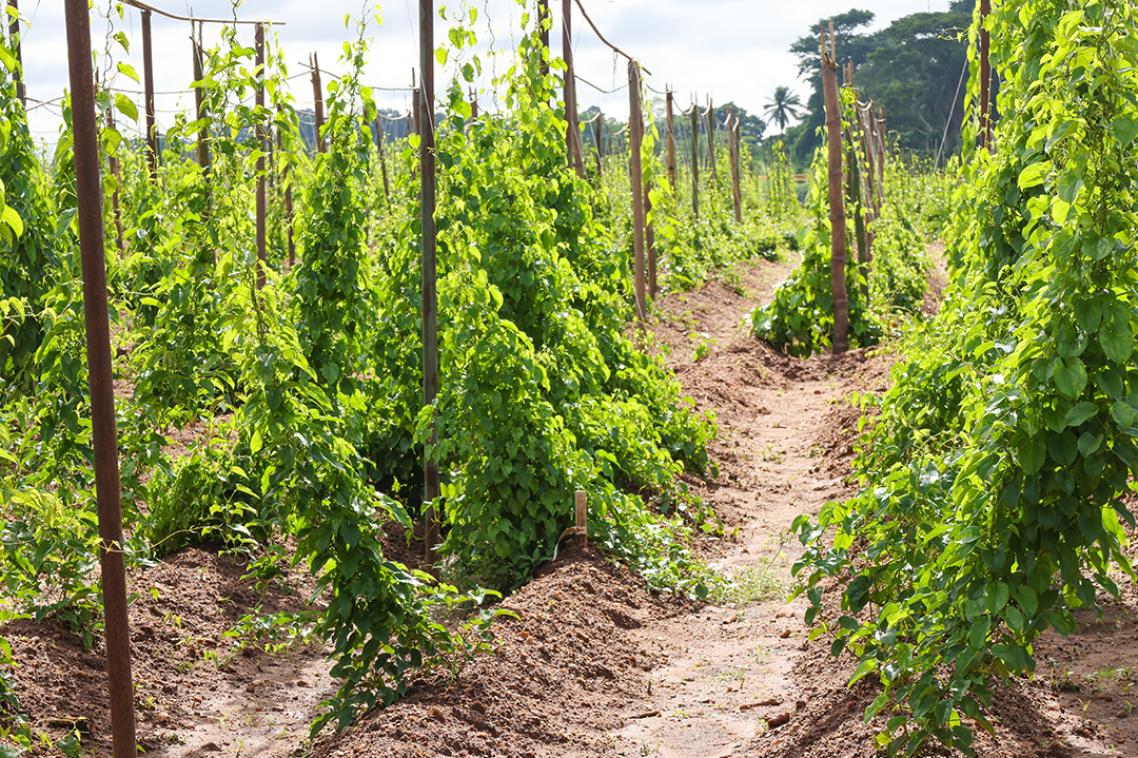Research finds sea shells are as unique as fingerprints
University of Queensland scientists have solved a riddle that has puzzled beach-goers and collectors around the world – why are conch shell colours and patterns so diverse?
The researchers examined the molecular underpinnings behind the array of shell patterns.
UQ School of Biological Sciences researcher Professor Bernie Degnan said the team investigated the complex gene networks that controlled the secretions of chemicals and proteins in molluscs to create shells.
“In the largest study to date, we generated a transcriptome (the complete gene expression network) from 11 different bivalves and gastropods,” Professor Degnan said.
“From detailed analyses, surprisingly, we found no unique model or common molecular toolkit behind making every shell.
“Rather, within the organic layer of a shell, each species has seemed to evolve its own unique genetic instructions.
“As it secretes the shell, each mollusc’s mantle uses a mixture of anciently evolved genes and more recently evolved genes to create the shell’s architecture and pattern.”
The researchers found that ancient genes used for a variety of general roles in other organisms had been recruited into the shell genetic program.
The researchers concluded that the use of existing genes and the rapid evolution of new genes had contributed to the diversification of mollusc mantle transcriptomes across distant and closely related species.
It is estimated that more than 50,000 species have shells.
“Collectors now can possess the knowledge that each species makes a shell as unique as a fingerprint,” Professor Degnan said.
The study, involving Dr Felipe Aguilera, and Dr Carmel McDougall and Professor Degnan of UQ’s Centre for Marine Science and School of Biological Sciences, is published in the journal Molecular Biology and Evolution.
Media: Professor Bernie Degnan, b.degnan@uq.edu.au, +61 7 336 52467.
Related articles

Seismic shake-up: digitising 90 years of Queensland’s earthquake history

Bridging continents with yams
Media contact
UQ Communications
communications@uq.edu.au
+61 429 056 139
